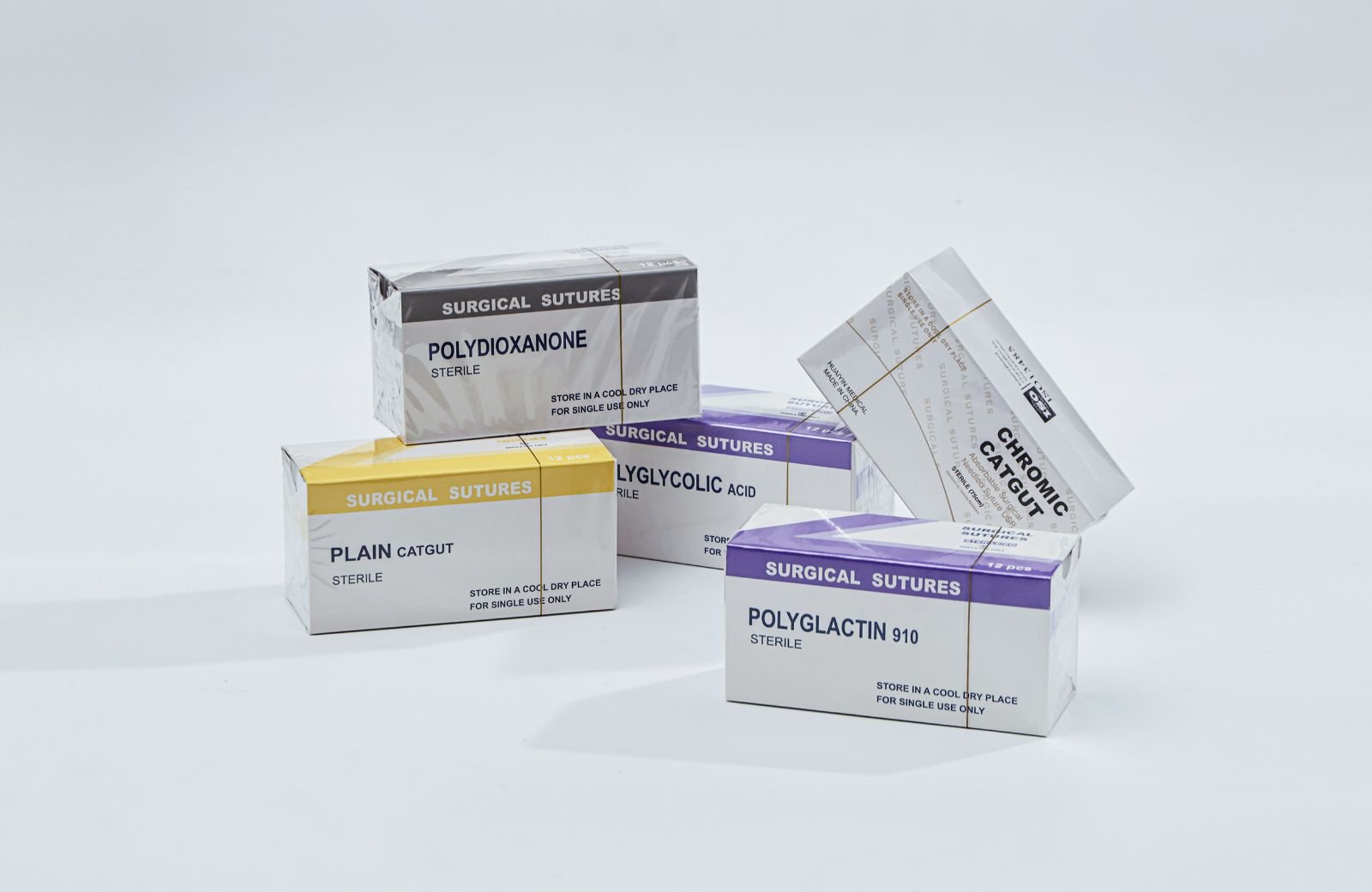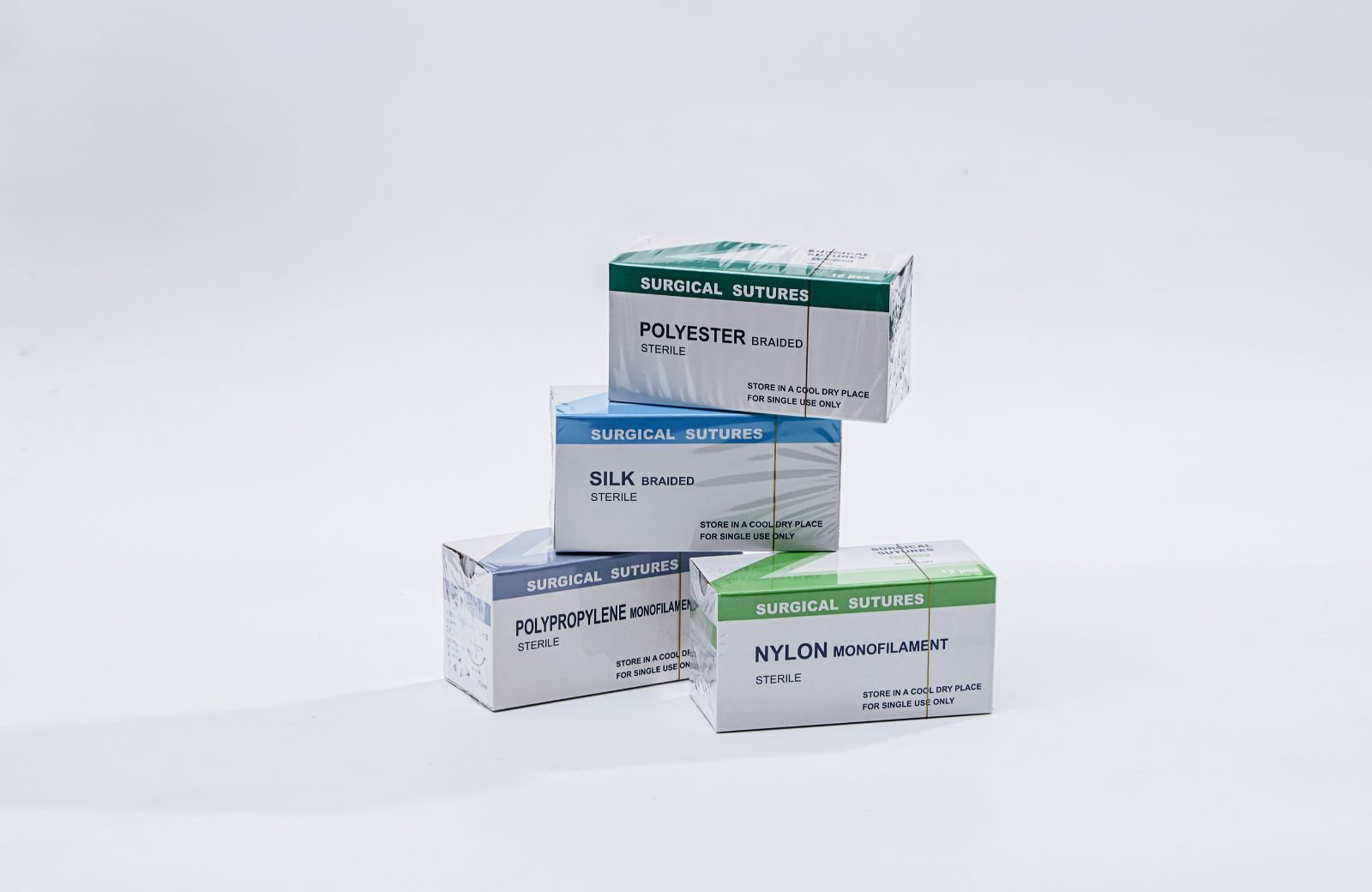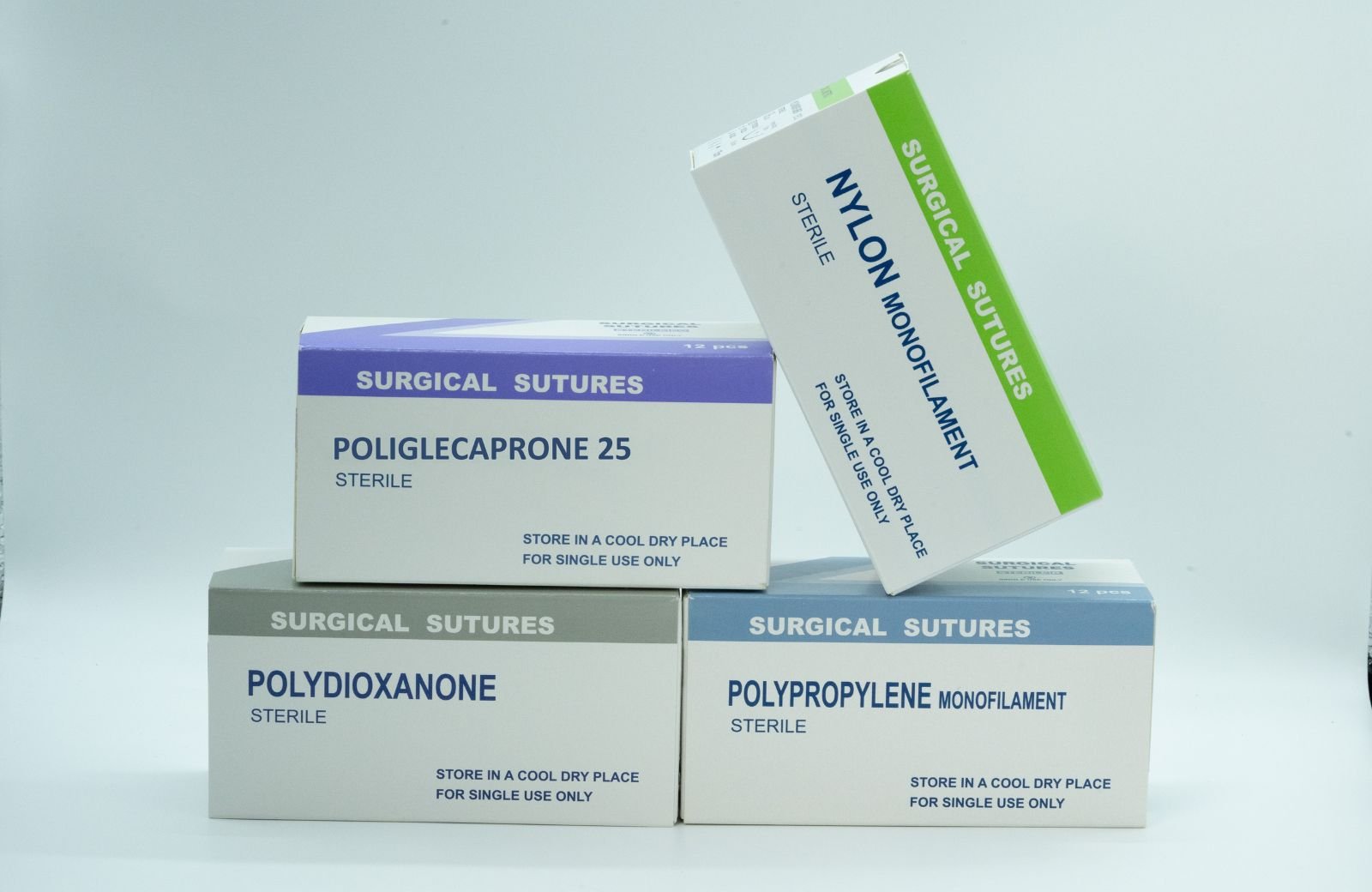 How to Perfectly Pronounce “Suture” for Medical Professionals
How to Perfectly Pronounce “Suture” for Medical Professionals
As a medical professional, clear communication is crucial. One term you undoubtedly encounter frequently is “suture,” which refers to the stitch used to close a wound or a surgical incision. Proper pronunciation ensures that you convey your knowledge with confidence and precision. Let’s break down how to pronounce “suture” perfectly.
The Phonetic Breakdown
The word “suture” is pronounced as /ˈsuː.tʃər/ in phonetic symbols. To put it simply, it consists of two syllables:
- First Syllable: “su” – This is pronounced as “soo” with a long “u” sound, similar to the sound in “food” or “moon.”
- Second Syllable: “ture” – This syllable is pronounced like “cher” in “cherish,” but with a softened sound. The ‘t’ is clear, followed by a ‘ch’ sound that blends into the ‘er’ sound.
Putting it all together, you get “soo-chur.” It’s essential to keep the syllables distinct yet fluid, ensuring that each part of the word flows into the next without losing clarity.
Common Mispronunciations
Many medical professionals may occasionally mispronounce “suture.” Some common mispronunciations include:
- Soo-tur – This version lacks the correct vowel sound in the second syllable and can lead to misunderstandings.
- Soo-chay – Adding an extra syllable may confuse patients and colleagues alike.
By avoiding these mispronunciations, you’ll present a more professional image, enhancing your credibility in the field.
Practicing Correct Pronunciation
To master the pronunciation of “suture,” here are a few effective practices:
- Repeat Aloud: Say the word out loud several times, focusing on each syllable. Use a mirror to watch your mouth’s movement to ensure clarity.
- Record Yourself: Record your pronunciation and play it back. Comparing your pronunciation with trusted medical resources or dictionaries can be very insightful.
- Use Contextual Practice: Try to use the word “suture” in sentences related to your work. For example, “I will apply a suture to this incision.” This context not only helps reinforce memory but also improves your fluency.
The Importance of Pronunciation in Medicine
In medicine, incorrect pronunciation can impact patient understanding and trust. Especially in high-stress situations, saying “suture” correctly can make a significant difference. Patients appreciate clear communication about procedures and what to expect during recovery.
Moreover, as a medical professional, you are often a model for students and interns. By pronouncing medical terminology correctly, you contribute to an environment of learning that emphasizes the importance of communication in healthcare.
Conclusion
Perfecting the pronunciation of “suture” may seem like a small detail, but it plays a vital role in your professional communication. With practice and awareness, you can ensure you’re always pronouncing this essential term correctly, fostering trust and credibility in your medical practice.
 What You Need to Know About the Pronunciation of “Suture”
What You Need to Know About the Pronunciation of “Suture”
The term “suture” is commonly used in various fields, including medicine, biology, and even in arts and crafts. However, its pronunciation can sometimes lead to confusion, especially for those encountering the term for the first time. This section aims to clarify how to pronounce “suture” correctly and provide some additional context to enhance your understanding of the word.
Understanding the Phonetics
In English, “suture” is pronounced as /ˈsuː.tʃər/. Breaking this down, we see that it comprises two syllables:
- Su-: The first syllable sounds like “soo,” with a long “u” sound.
- -ture: The second syllable can vary slightly in pronunciation but is typically pronounced as “cher,” resembling the “chur” in “nature.”
So when combined, you get “soo-chur.” The emphasis is placed on the first syllable, which is something to keep in mind as you practice saying the word.
Common Mispronunciations
One of the most frequent mispronunciations of “suture” arises from placing the emphasis on the second syllable, saying it as “suh-CHOOR” or “SUH-ture.” While these pronunciations might seem natural to some, they deviate from the standard phonetic guidelines in English. It’s essential to avoid these common mistakes to communicate effectively, especially in professional settings.
Contexts Where “Suture” is Used
Knowing how to pronounce “suture” is particularly valuable in contexts such as:
- Medical Field: In medicine, sutures refer to the stitches used to close wounds or incisions. Correct pronunciation is vital in discussions about surgical procedures and in patient care.
- Biology: In biology, the term may refer to joints in the skull, known as cranial sutures. Understanding its pronunciation helps in academic discussions and lectures.
- Crafts and Textiles: In crafts, “suture” may describe sewing techniques or methods used in fabric bonding. Here, clear communication about techniques is equally essential.
Tips for Mastering the Pronunciation
Here are some tips to help you master the pronunciation of “suture”:
- Listen and Repeat: Find audio resources or videos where the word is pronounced, and practice saying it repeatedly until you feel comfortable.
- Record Yourself: Use your smartphone or computer to record yourself saying the word. Listening back can help you identify areas for improvement.
- Engage in Conversations: Use the word in discussions, particularly in relevant contexts, to build your confidence and reinforce your learning.
Conclusion
Being familiar with the pronunciation of specialized terms like “suture” can enhance your credibility and effectiveness in various discussions. Whether you’re in a professional setting or casual conversation, correctly articulating this term underscores your expertise and attentiveness to language. With practice, you’ll be pronouncing “suture” like a pro in no time!
Tips for Teaching the Correct Pronunciation of “Suture”
Teaching the correct pronunciation of medical terminology can be challenging, especially when words like “suture” can be easily mispronounced. Whether you are an educator, a medical professional, or someone looking to help others with their pronunciation, here are some effective tips to consider when teaching how to say “suture” correctly.
1. Break It Down Phonetically
To make the pronunciation easier, start by breaking the word “suture” down into its phonetic components. The word is pronounced as ‘sue-chur’, with emphasis on the first syllable. Teaching the students to articulate each part separately can help them grasp the correct pronunciation. You can write it out phonetically: /ˈsuː.tʃər/.
2. Use Audio Resources
Leverage technology by using audio resources. Find clear pronunciations from reliable platforms, such as online dictionaries, language learning apps, or medical pronunciation guides. Play the audio for your students multiple times and encourage them to repeat after hearing it. This method helps reinforce their auditory memory and aids in correct pronunciation.
3. Utilize Visual Aids
Visual aids are an excellent tool for enhancing understanding. Consider using images or videos that depict sutures in a medical context, such as in surgery or wound closure. This can help students connect the term to its meaning, making it more memorable. Incorporate infographics showing the phonetic spelling alongside an illustrative image of a suture.
4. Practice Through Repetition
Repetition is key in language acquisition. Create opportunities for students to practice saying “suture” aloud in a variety of sentences or contexts. You might structure exercises where they are encouraged to use the word in dialogue or read aloud sentences that include the word. This helps solidify both their understanding and pronunciation through active use.
5. Engage with Interactive Games
Make learning fun by incorporating interactive games that involve pronunciation. Games like “Pronunciation Bingo” or “Suture Charades” could engage students effectively. These games not only provide entertainment but also encourage students to pronounce the word correctly in a stress-free environment.
6. Create a Supportive Learning Environment
Encourage a classroom atmosphere where mistakes are accepted as part of the learning process. Offer supportive feedback when students attempt to pronounce “suture.” Consider having small group discussions or pair exercises where students can practice with peers. This peer interaction can often ease the pressure of pronunciation concerns.
7. Provide Real-Life Context
Contextual learning can significantly enhance understanding. Explain the relevance of sutures in everyday medical settings, such as surgeries or wound care. When students understand the practical applications of what they are learning, they are often more motivated to master the pronunciation as they connect it to real-life scenarios.
In summary, teaching the correct pronunciation of “suture” can be achieved by employing phonetic breakdowns, audio resources, visual aids, repetition, interactive games, and supportive environments. By engaging students in diverse and interactive ways, you can help them build confidence in their pronunciation skills.
 The Importance of Accurate “Suture” Pronunciation in Healthcare Communication
The Importance of Accurate “Suture” Pronunciation in Healthcare Communication
Effective communication is the cornerstone of quality care in healthcare settings. Among various medical terminologies, the word “suture” is particularly significant, as it refers to the materials used to close wounds or surgical incisions. However, its proper pronunciation is often overlooked, leading to potential misunderstandings, especially in high-stakes environments where every detail matters.
Understanding the Term “Suture”
In medical terms, “suture” can refer both to the act of stitching a wound and the actual material used for stitching. The pronunciation typically emphasizes the first syllable: SUH-chur. Mispronouncing this term may seem trivial, but it can create confusion among healthcare professionals and patients alike. For instance, a nurse communicating with a surgeon about a patient’s suture may unintentionally convey a lack of professionalism or knowledge if the term is not pronounced correctly.
The Impact of Pronunciation on Patient Safety
Patient safety is paramount in healthcare. Miscommunications, even those that seem minor, can lead to significant consequences, including incorrect procedures or delays in treatment. If a healthcare provider mispronounces “suture,” it could lead to misunderstandings regarding the type of closure used, the need for additional sutures, or even complications during surgery. For example, a surgeon may misinterpret an incorrectly pronounced term, leading them to select the wrong suture material, which could affect healing or increase the risk of infection.
Cultural Sensitivity and Inclusivity
Moreover, accurate pronunciation in healthcare fosters an inclusive environment where patients feel respected and understood. Many diverse communities have varying degrees of understanding regarding medical jargon. When healthcare professionals take the time to pronounce terms correctly, it demonstrates respect for the knowledge and concerns of their patients. This is particularly crucial in settings where English is not the primary language, as correct pronunciation can help bridge communication gaps and affirms a culture of openness.
Educational Initiatives
To mitigate miscommunication risks, healthcare institutions should prioritize the education and training of staff on medical terminology pronunciation. Regular workshops and training programs focusing on medical vocabulary can enhance the confidence of healthcare workers in their communication. Additionally, providing access to pronunciation guides and resources can be invaluable. Engaging in role-playing exercises allows staff to practice real-world scenarios and reinforces the importance of accurate pronunciation.
Moving Forward
As the healthcare industry evolves, so does the need for clear, accurate communication. The proper pronunciation of terms like “suture” is not merely a matter of linguistic accuracy but a critical element of patient care and safety. By emphasizing professional communication standards, healthcare providers can build stronger relationships with their patients and reduce the risk of errors. Through education and a commitment to clarity in communication, the healthcare industry can ensure that terms, like “suture,” are pronounced correctly, fostering an environment of trust and efficiency.

